Frost is on the ground – and snow is on the hills.
I’m in the heart of Glen Nevis with Lucy Cooke, aka The Wild Cooke – and we’re about to embark on a winter foraging session.
Truth be told, I’m wondering what on Earth we’re going to find when the landscape looks so desolate.
Trees are bare, and there’s a distinct lack of plants and flowers bursting into life – or that’s how it seems to my inexpert eye.
Lucy, however, assures me the transition from winter to (whisper it) spring, brings an exciting range of foraging opportunities.
Based in Oban, Lucy runs foraging experiences across the UK.
And she stars in a new BBC Alba foraging series alongside Gaelic singer and musician Mary Ann Kennedy – launching on March 1.
How did Lucy get into foraging?
Mum-of-one Lucy, who has been nibbling on brambles since she was a kid, developed a fascination with food and its links to the environment in her teens.
But it wasn’t until 2016 that she became truly captivated by foraging – and began unveiling a “treasure trove” of nutritional greens, medicine and delicious flowers in her garden.
“Everywhere I looked there was something,” she recalls. “I remember discovering my first ever chanterelle. Just magic.”
A self-taught forager and wild cook, Lucy launched her business in the Highlands in 2020.
“Learning about wild food highlights how disengaged with nature our culture has become,” she muses.
“The modern diet is a horrendous thing in some ways. It’s made us more into bland foods and things that are easy to taste.
“When you’re eating wild food, you get better at tasting the complexities.”
What wild foods do we find?
With that, Lucy, a self-proclaimed ‘nature wizard’, casts her eyes to the ground and rips a leaf from a plant.
“That’s Oxeye daisy leaf,” she beams. “I use it in salads. You should get a slight peppery or spiciness if you try it.”
I pull off my own leaf and give it a chew. Not bad.
Walking along the edge of a path, Lucy points out a plant that “grows like a rosette”. It’s plantain.
“Turn the leaf over and you get these impressive veins – that’s a great help for identifying it,” she says.
“It’s one of the best medicinal plants you can learn because it’s super-easy to find – in gardens and along field edges – and abundant.
“It’s an antihistamine, antioxidant and analgesic, so it’s a painkiller. And it’s great for skin complaints – and better than dock leaves for relieving nettle and wasp stings.”
What can you do with pine?
The Scots pine is another source of great excitement.
Descending on one stunning-looking specimen, Lucy gets to work ripping off a cluster of pine needles.
“You can dry and blitz these,” she informs me. “They have citrusy, sometimes grapefruity flavours.”
They’re a fantastic source of vitamin C, A and antioxidants – boosting immunity and supporting respiratory health.
Lucy uses them to bake pine needle shortbread and meat rubs – but on this chilly morning, what we really need is hot tea.
So I’m delighted when Lucy brings out a flask and pours two mugs of steaming pine needle, rose and lavender tea sweetened with honey. Delicious.
Pine pollen is another great wild ingredient. You can harvest it by tapping the cones into a container.
And Lucy reveals the pollen can increase testosterone and sex drive…
“I joke that you can use it like dust on cakes, stick it in your pocket for a pick-me-up, or you can keep it by the bed!” she laughs. Who knew!
You can forage in ponds!
Once we’ve enjoyed our tea, we head for a small pond, the hills behind reflected in it.
Lucy’s eyes are drawn to reedmace – also known as bulrush – which grows in the water.
“It’s an absolutely fantastic source of wild food all year round,” she enthuses.
“There’s usually something to forage from it. It’s a bit like pine pollen – you can put a bag on the heads, give them a shake, and collect the pollen.
“That can be treated like a baking flour. Plus you can pulverise and roast the root, or treat it like a root-based vegetable.”
She points out that yellow flag iris, which is poisonous, can be confused with reedmace.
Why correct identification is vital
It’s important to know what species are toxic: the risks of false identification can be deadly.
Lucy, who’s on a mission to “keep people safe”, says: “We’ve got this amazing respect for mushrooms in the UK and are basically frightened of them, and yet we don’t seem to have the same for plants.
“But there are some really deadly plants out there.”
At this time of year, we need to be wary of foxglove leaves – which are highly toxic.
“They look quite like primrose leaves but are a slightly fairer shade of green,” she says.
Another one to watch out for is hemlock water-dropwort, often called dead man’s fingers – one of the UK’s deadliest plants.
“It’s really prevalent here, found growing by waterways,” says Lucy.
“It’s in the same family as carrot and parsley. The scary thing is that it looks like quite a few wild edibles, but it contains a nasty mix of chemicals.”
Avoid hemlock at all costs!
It’s apparently so toxic that death can occur a few hours after ingestion.
The plant’s poison acts by constricting the muscles, causing death by asphyxia.
“They used to give it to people in Sardinia as capital punishment,” Lucy tells me.
“It causes muscles to contract, leaving an eerie grin on your face – hence the term, Sardonic grin!” I’ll give that one a very wide berth.
Lucy’s foraging sessions are rounded off with cake – made from wild ingredients – and a hot drink.
“Eating and drinking is a really important part of the experience,” she says.
“It’s one thing saying: ‘Oh, look, here’s some plantain and pine needles’, and another showing how great they can taste.
“Essentially foraging really gets you to slow down. It’s super mindful, because you’re focused on one thing at a time in a gentle way.
“It’s a good way of connecting with your environment.”
New foraging show coming soon
Lucy is excited about her new series, Rùrachd – which is Gaelic for ‘foraging’.
It premieres on BBC iPlayer on March 1, and broadcasts weekly from March 20 on BBC Alba at 9.45pm.
It follows Lucy and Mary Ann as they travel across Scotland in search of nature’s bounty, and bring together sustainably gathered culinary delights.
A foraged feast rounds off the six-part series.
“It showcases the diversity of Scotland,” says Lucy. “And it’s been fascinating from a language perspective.
“You can see the relationship with the landscape through Gaelic words.”
- Rùrachd is a Watercolour Studios production for BBC Alba, presented by Mary Ann Kennedy and Lucy Cooke, directed by Nick Turner and produced by Mary Ann Kennedy.
- See here for more about Lucy’s foraging experiences.
- Gayle stayed overnight at Glen Nevis Youth Hostel. The cosy, dog-friendly hostel offers a range of private en-suite rooms and shared dorms. Facilities include an open-plan living area with log-burning stove and panoramic mountain views, self-catering kitchen, decking area, drying room, laundry and bike store. You can order a continental breakfast, plus snacks and drinks are available at reception. It’s a great, affordable accommodation option at the foot of Ben Nevis.
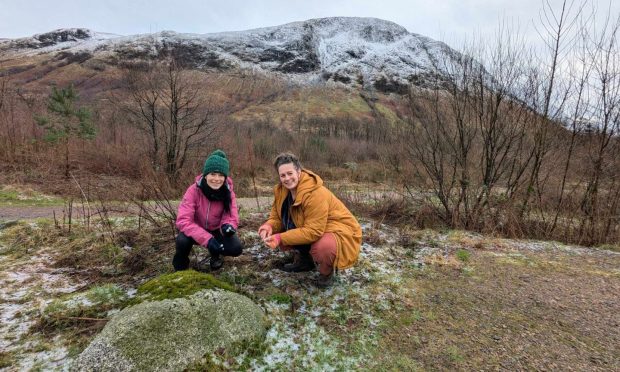
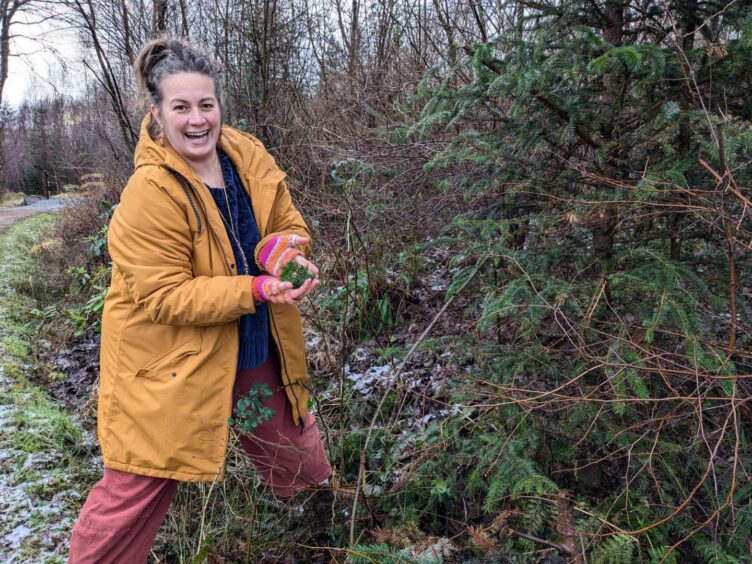
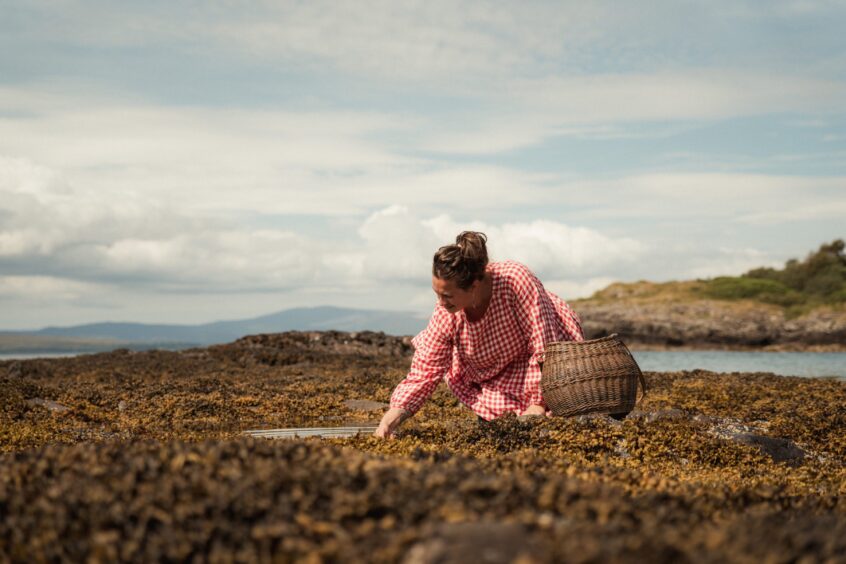
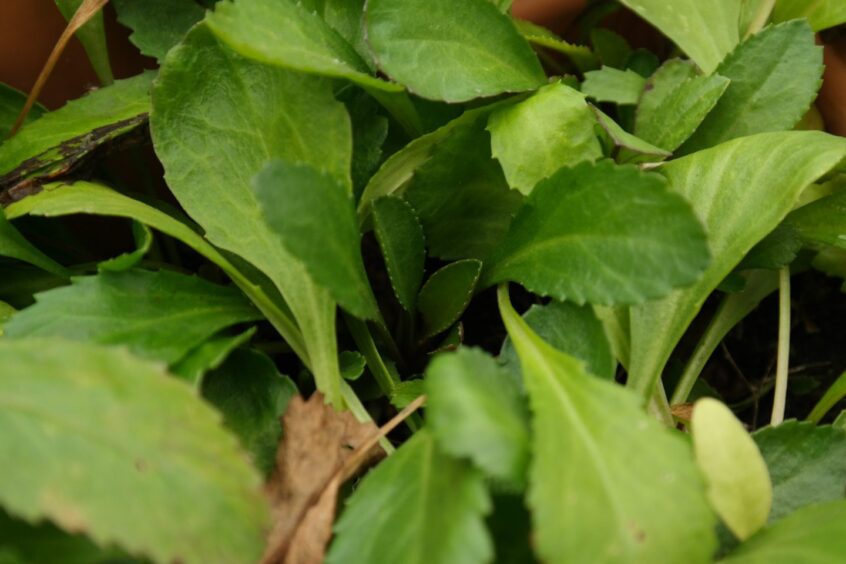
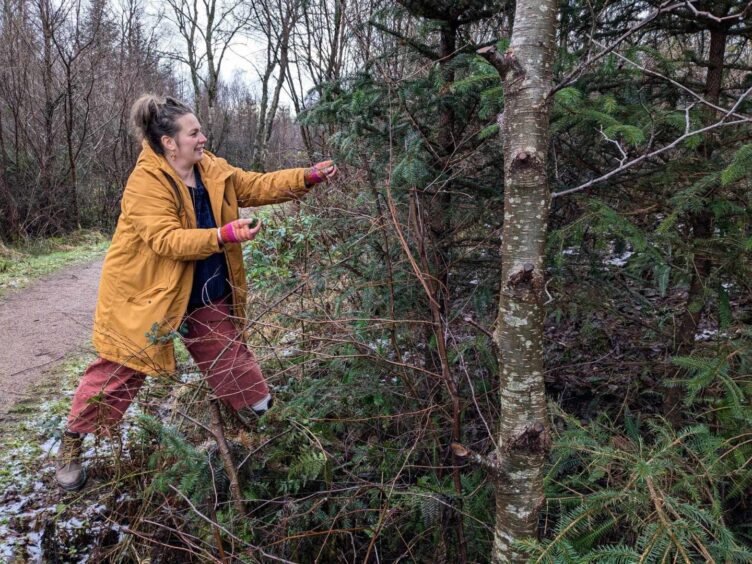
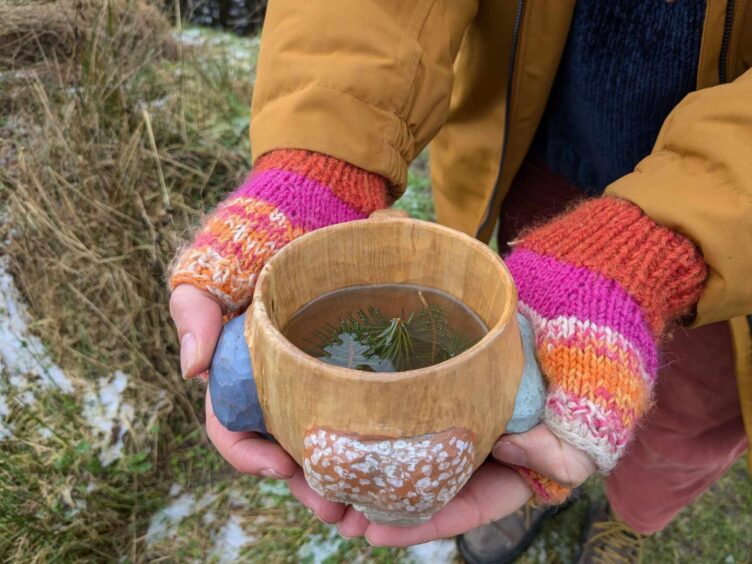
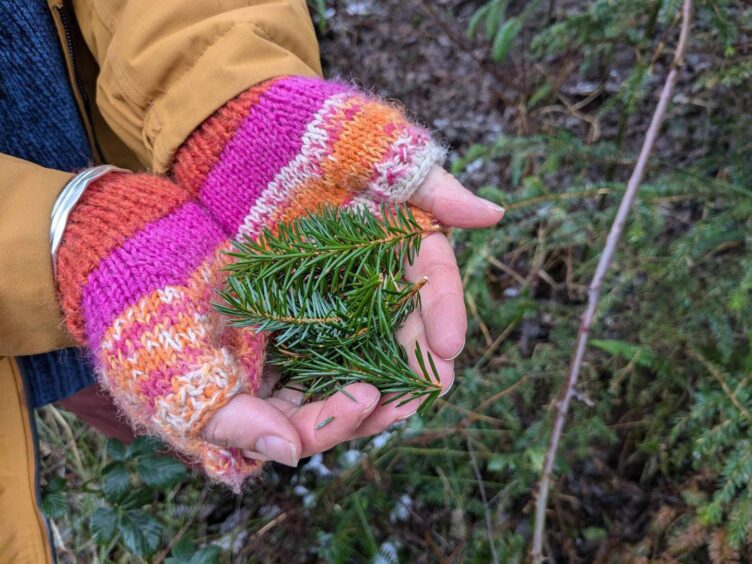
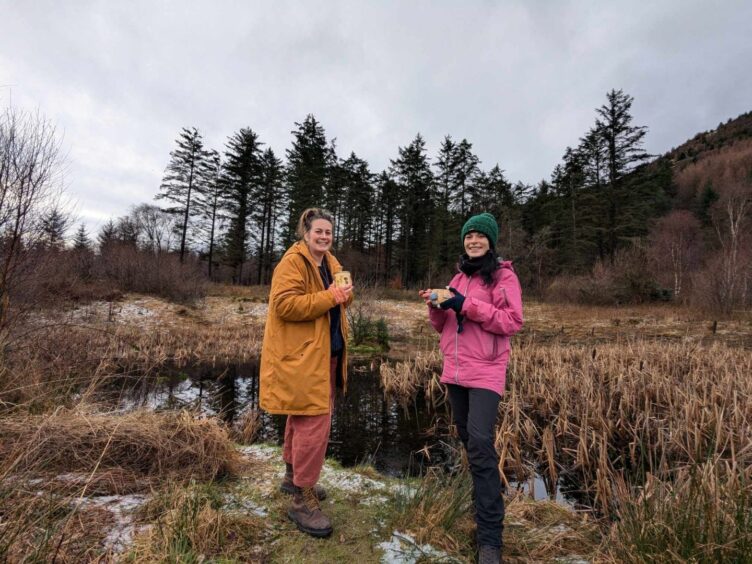
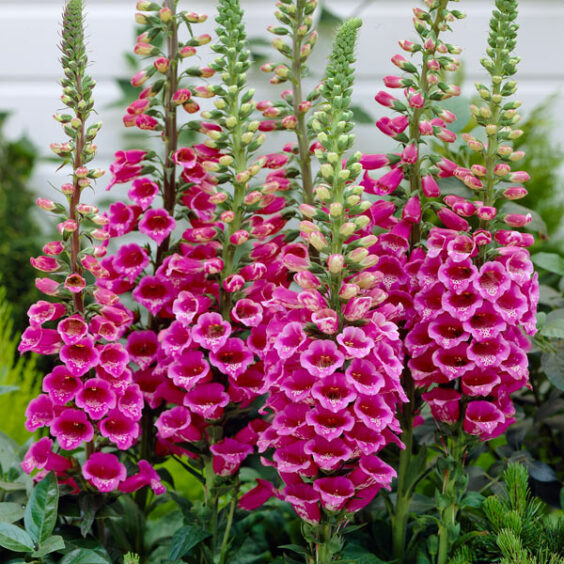
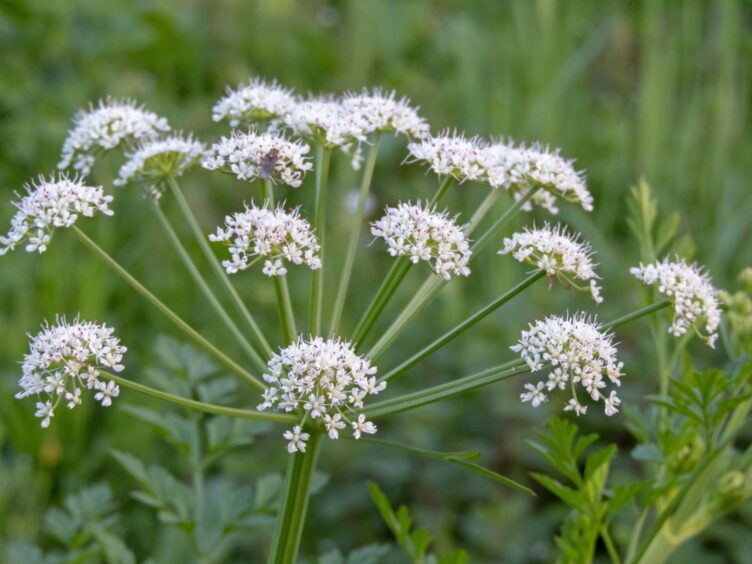
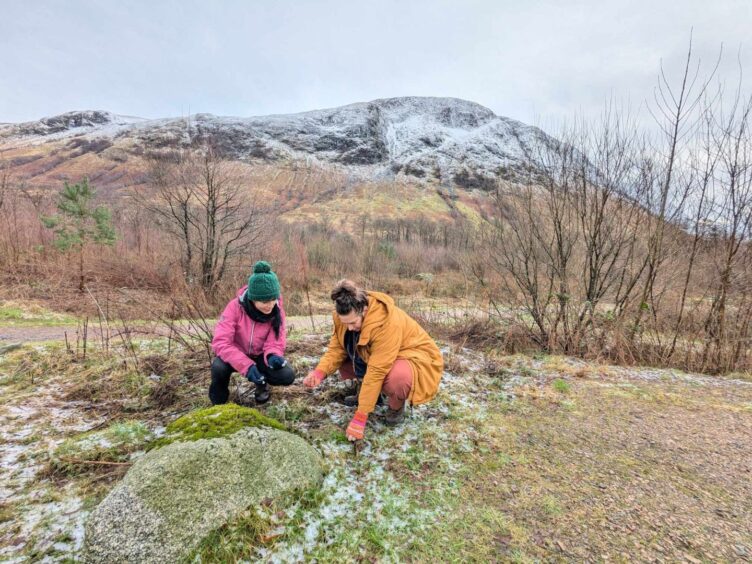
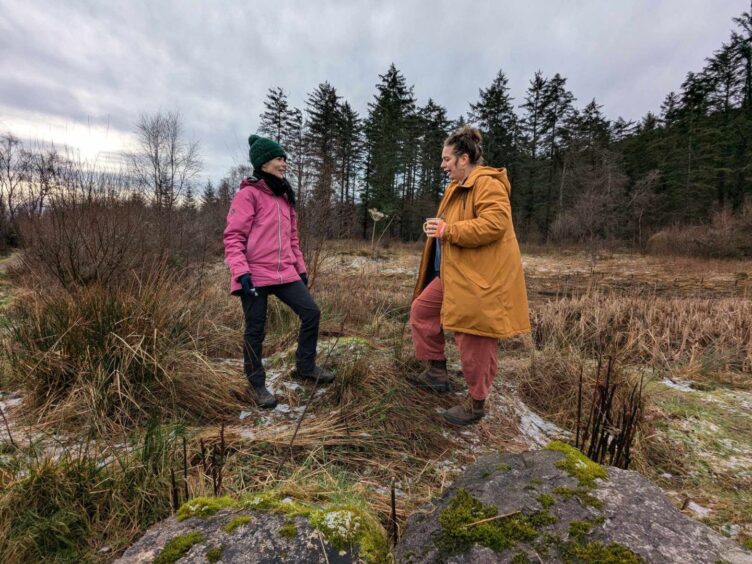
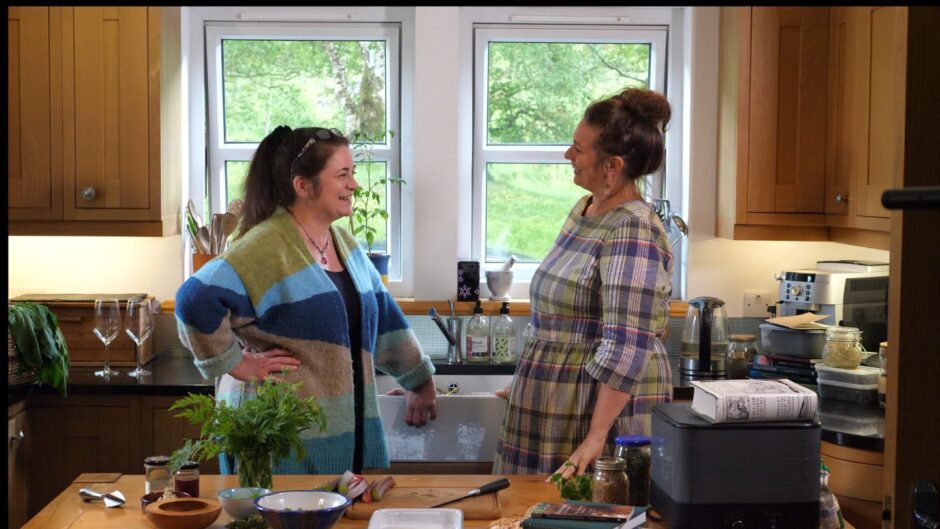
Conversation